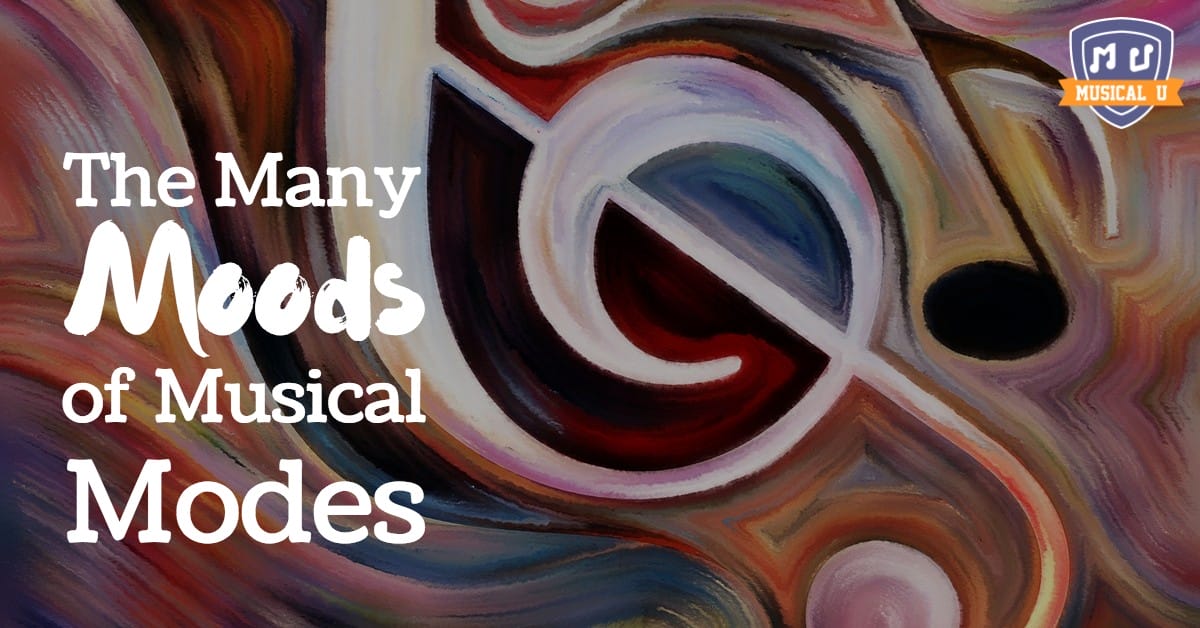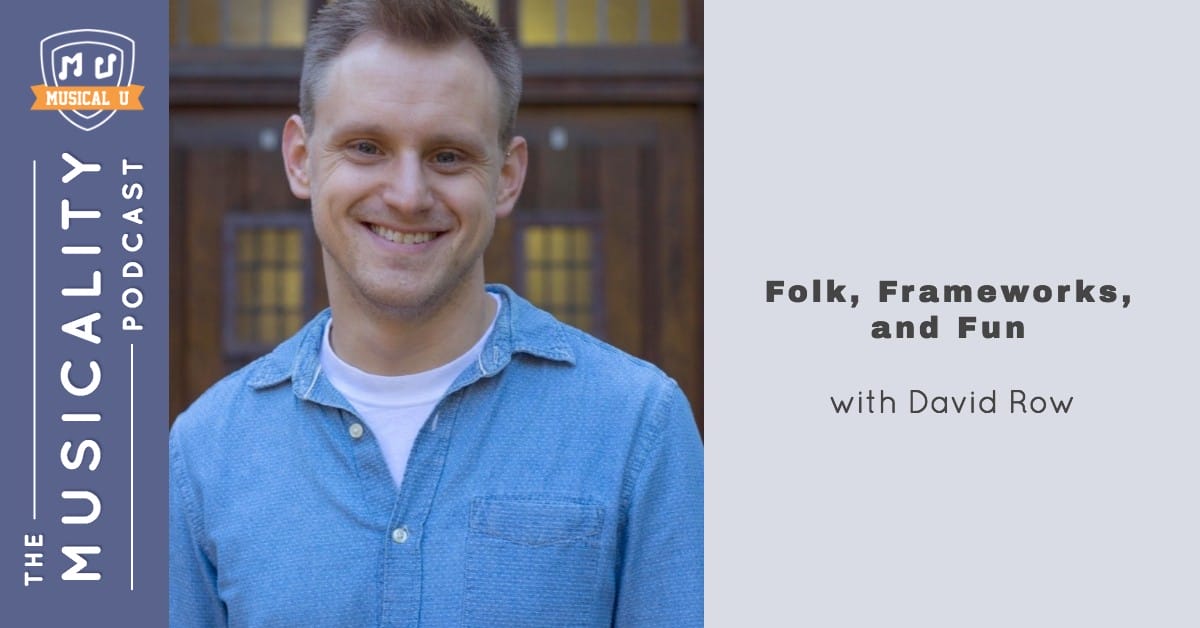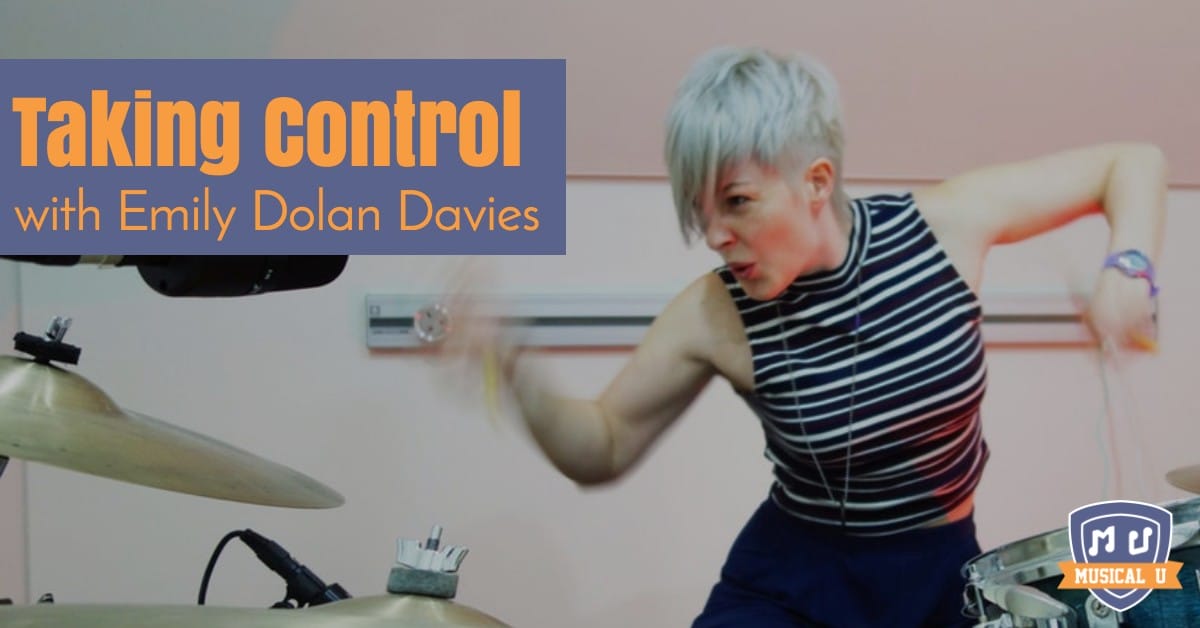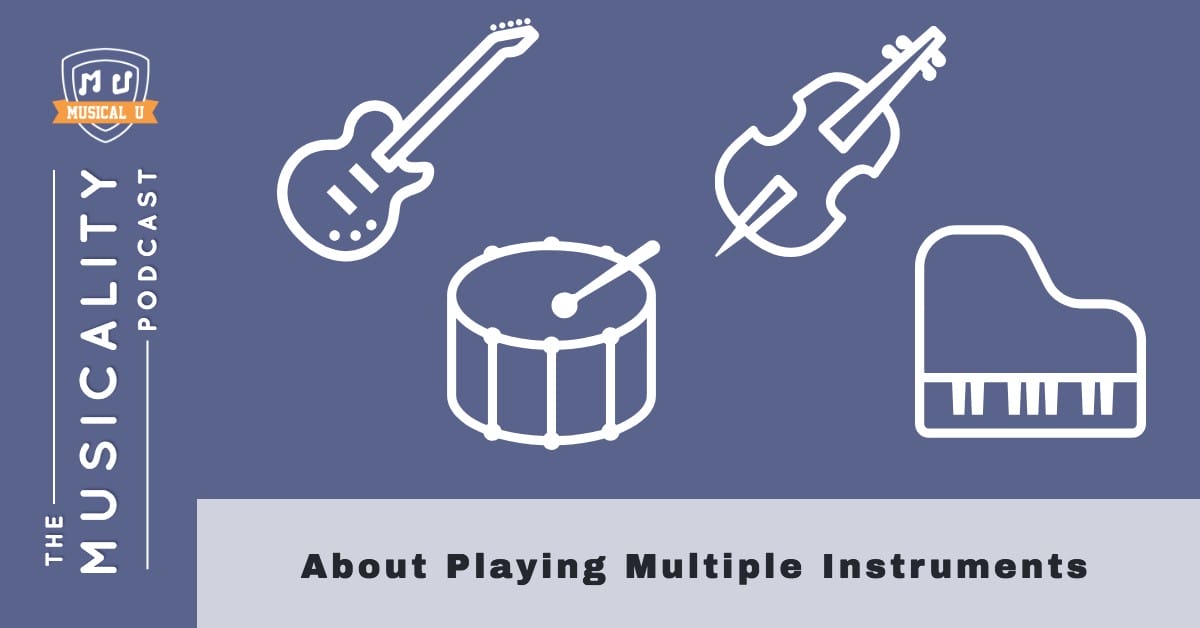Traditional music education usually focusses on mastering one instrument – knowing the fingering, the technique, the embouchure, and the theory behind it.
Though being a piano virtuoso or a clarinet wizard certainly comes with its slew of benefits, the multi-instrumental approach can be massively beneficial to your musicality – and provide a plethora of advantages that single-instrumentalists won’t necessarily experience.
This week, we take you through a few of the many ways you can expose yourself to multiple instruments, and why it’s well-worth the effort.
First, a music educator discusses the benefits of the Orff Approach, an interactive music learning method where students are encouraged to explore their musicality by trying each instrument, on the Musicality Podcast. We interview a session drummer who has had the opportunity to grow her musicality by collaborating with all kinds of instrumentalists across a variety of genres. And on this week’s teaching episode of our podcast, we delve right into the topic of multi-instrumentalism itself – and how skills and knowledge can carry over from instrument to instrument to grow your musicality in unbelievable ways.
Finally, we introduce you to a set of fascinating, expressive scales called modes, perfect for trying out on that second (or third, or fourth) instrument you’re learning, to start expressing yourself musically as early on as possible.
Moods of Modes
After you master your major, minor, and pentatonic scales, you might start to wonder what else the world of scales has to offer you.
 Enter modes, otherwise known as the flavours of major and minor. These scales don’t simply exude happiness and sadness – rather, they evoke more complex emotions and moods, with certain modes sounding mysterious, optimistic, foreboding, bright, calm, hopeful, and bittersweet.
Enter modes, otherwise known as the flavours of major and minor. These scales don’t simply exude happiness and sadness – rather, they evoke more complex emotions and moods, with certain modes sounding mysterious, optimistic, foreboding, bright, calm, hopeful, and bittersweet.
Best of all, they’re all easily derived from the major scale you know and love – as you’ll learn in The Many Moods of Musical Modes, one simple trick will take you from the bright and happy Ionian mode all the way through to the chilling Locrian mode – and every mood in between.
Once you learn the theory behind the music modes, time to take this new knowledge and apply it to your instrument. Desi from Guitar Music Theory shows you how to put the modes to use with a jam track that will have you playing in Dorian in no time at all.
As we learned, modes can be separated into major and minor. Hugh from Online Bass Guitar teaches how the major scale modes are derived, and shares tricks for quickly producing different modes within the major scale.
We’ll round off this exploration into the fascinating world of modes with Deft Digits’ lesson showing you how to put all of these modes onto the guitar fretboard. Once you have mastered playing the notes in these positions, have fun experimenting with the different timbre you get by moving all around the neck.
The Orff Approach
We talk about Kodály a lot inside Musical U, and for good reason – it’s an approach to learning music that physically and mentally engages the student, allowing them to best internalize the music while also enjoying their learning.
 Its close cousin, the Orff Approach, employs a similar M.O.: engage the student with movement, multi-instrumentalism, and singing. Students are encouraged to try every instrument and every musical part, and then decide what captures their attention most, so they may explore it further. No matter what they choose to focus on, musical creativity is encouraged as the ultimate goal.
Its close cousin, the Orff Approach, employs a similar M.O.: engage the student with movement, multi-instrumentalism, and singing. Students are encouraged to try every instrument and every musical part, and then decide what captures their attention most, so they may explore it further. No matter what they choose to focus on, musical creativity is encouraged as the ultimate goal.
In Folk, Frameworks, and Fun, with David Row, one music teacher talks about this hands-on learning approach, the benefits it yields for students, and the beauty of a music learning framework that emphasizes creativity, improvisation, and engagement.
David talked about how the Orff Approach incorporates body movement to give a very natural feeling to your musicality. How can you incorporate this into your musicianship? Roger from Music is Elementary gives a lesson on body percussion that combines multiple elements into one fun exercise.
I love how David talked about becoming a musician for life, and how music can continue to be a part of who you are. One of the fantastic things about music is the ability to pass along this passion to the next generation. It’s not just about lessons and formal instruction – there are numerous simple ways that you can become a more musical family, as Nancy Salwen explains.
As music students begin playing an instrument, it’s not uncommon that the first instrument that they play won’t quite fit their needs. That doesn’t mean that the musician isn’t capable – just that they haven’t found the right instrument yet! Christine from Suzuki Triangle shares 8 truths about learning an instrument, with insights about practicing, progress, commitment, and more.
Session Drumming
The life and career of a session musician is a fascinating one – how else would you be able to travel the world on tour with established bands and appear on award-winning records, playing the instrument that you’ve spent your life mastering?
 In Taking Control, with Emily Dolan Davies, Musical U interviews session drummer Emily Dolan Davies on her career beginnings and the incredible experiences that followed – from sharing a stage with Bono to opening her very own drum recording studio, where she records drums for musicians all over the world, contributing her talents to their tracks.
In Taking Control, with Emily Dolan Davies, Musical U interviews session drummer Emily Dolan Davies on her career beginnings and the incredible experiences that followed – from sharing a stage with Bono to opening her very own drum recording studio, where she records drums for musicians all over the world, contributing her talents to their tracks.
Emily has made quite the name for herself as a session drummer. Being a session musician is pretty exciting work, as you are always playing in different styles of music with different musicians. Kollab shares some quick tips to help you along the way to becoming a session vocalist.
While Emily is certainly an in-demand drummer, she is able to maintain a normal lifestyle by focusing on her music during work hours. The image of the all-night musician burning the midnight oil in the practice room is personified in pop culture. However, Jason Haaheim explains why the “hustle” and drilling yourself into exhaustion can have detrimental effects to your musical growth.
Emily dialed in her rhythmic precision by taking the extra step of recording her sessions. She was able to learn a great deal from listening to her own playing, which has greatly impacted her musicality. Dimitris from The Metalearners shares his knowledge on how recording your practice sessions can help you learn, and how you can start.
Multi-Instrumentalism
What’s the right time to start learning another instrument?
 Many may think that it’s necessary to achieve mastery of one instrument before even thinking of picking up another.
Many may think that it’s necessary to achieve mastery of one instrument before even thinking of picking up another.
However, as we discuss in our podcast episode About Playing Multiple Instruments, taking the plunge and learning a second (or third, or fourth!) instrument can do wonders for your existing musicality by complementing the instruments you already play and helping you make connections in melody, rhythm, harmony, and music theory within your learning.
To put it another way – each instrument you add to your arsenal gives you a brand new perspective on music and musicality!
One of the incredible benefits of learning multiple instruments is that your musical knowledge is transferable from one instrument to another. However, to get the mechanics of that new instrument under your fingers, you’ll need a bit of patience and practice. Ryan Carraher discusses how to practice with purpose, a skill that will serve you well during this process.
It’s easy to catch on to the passion that Christopher and Andrew have for the many instruments that they’ve played over the years. What about musicians that have learned to play two instruments… at the same time? The harmonica and guitar go together perfectly, as we have heard throughout the years from legends like Neil Young and Bob Dylan. David Thorpe dives into the art of learning these instruments in tandem.
What are some of the other benefits to being a dual (or multi) instrumentalist? David Summer doubles on two instruments that you don’t often associate with one another, the trumpet and the flute. Learn how he has achieved this dual instrumentalism, and the impact that it’s had on his musical growth.
More Instruments, More Musicality
By exposing yourself to multiple instruments, whether by learning a new one or collaborating with those who play different instruments, you can gain skills and make connections that will improve your playing on your primary instrument, allow you to better understand the theory behind what you’re playing, and equip you well for band and orchestra settings.
Think of it as the ultimate musicality challenge – take what you’ve learned from your primary instrument, combine it with the knowledge and skills needed for your new instrument, and put yourself to the test!
The post Moods of Modes, The Orff Approach, Session Drumming, and Multi-Instrumentalism appeared first on Musical U.